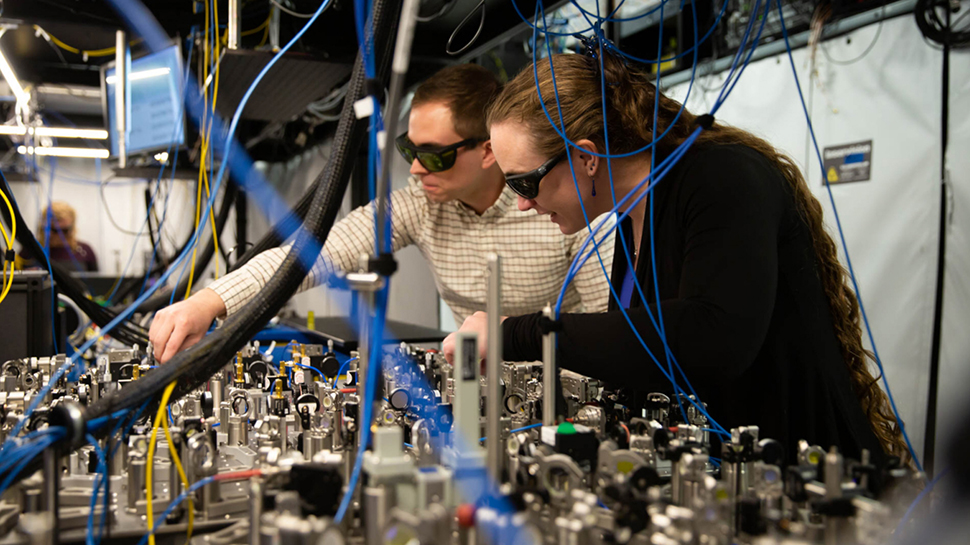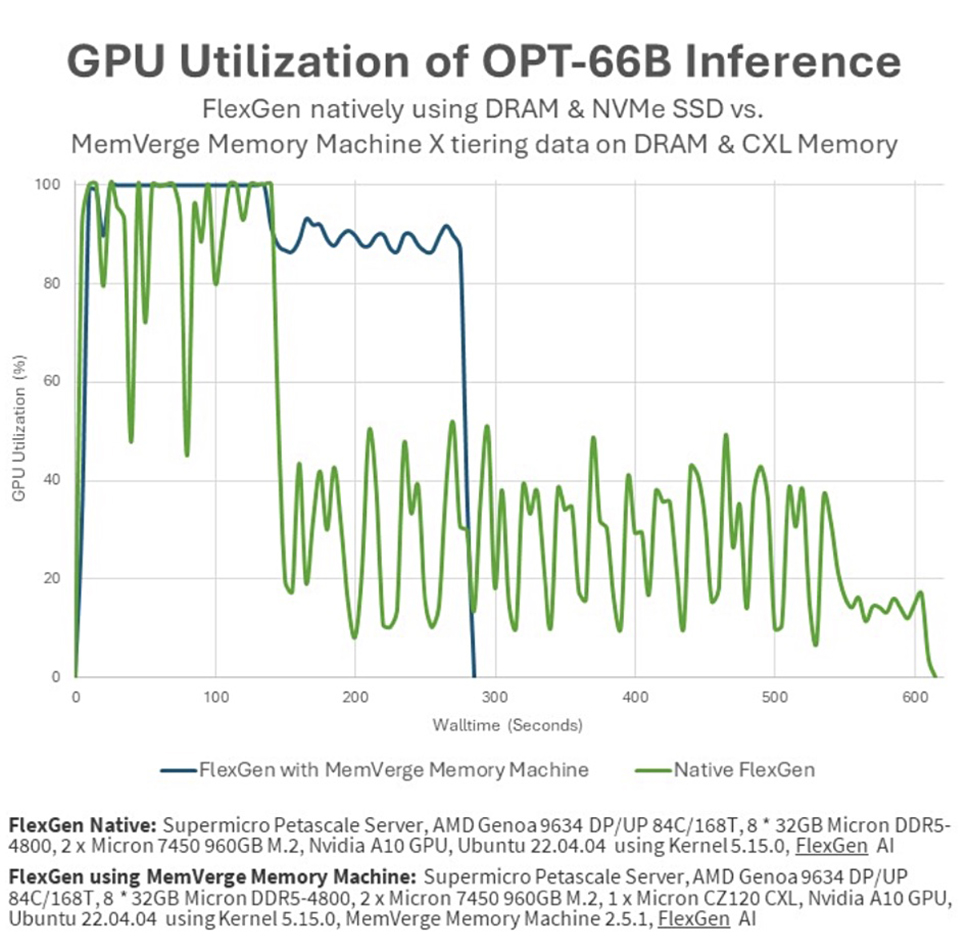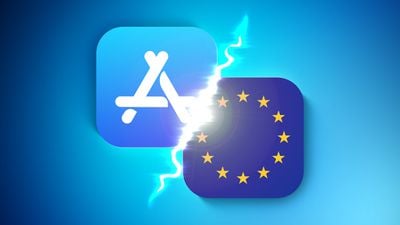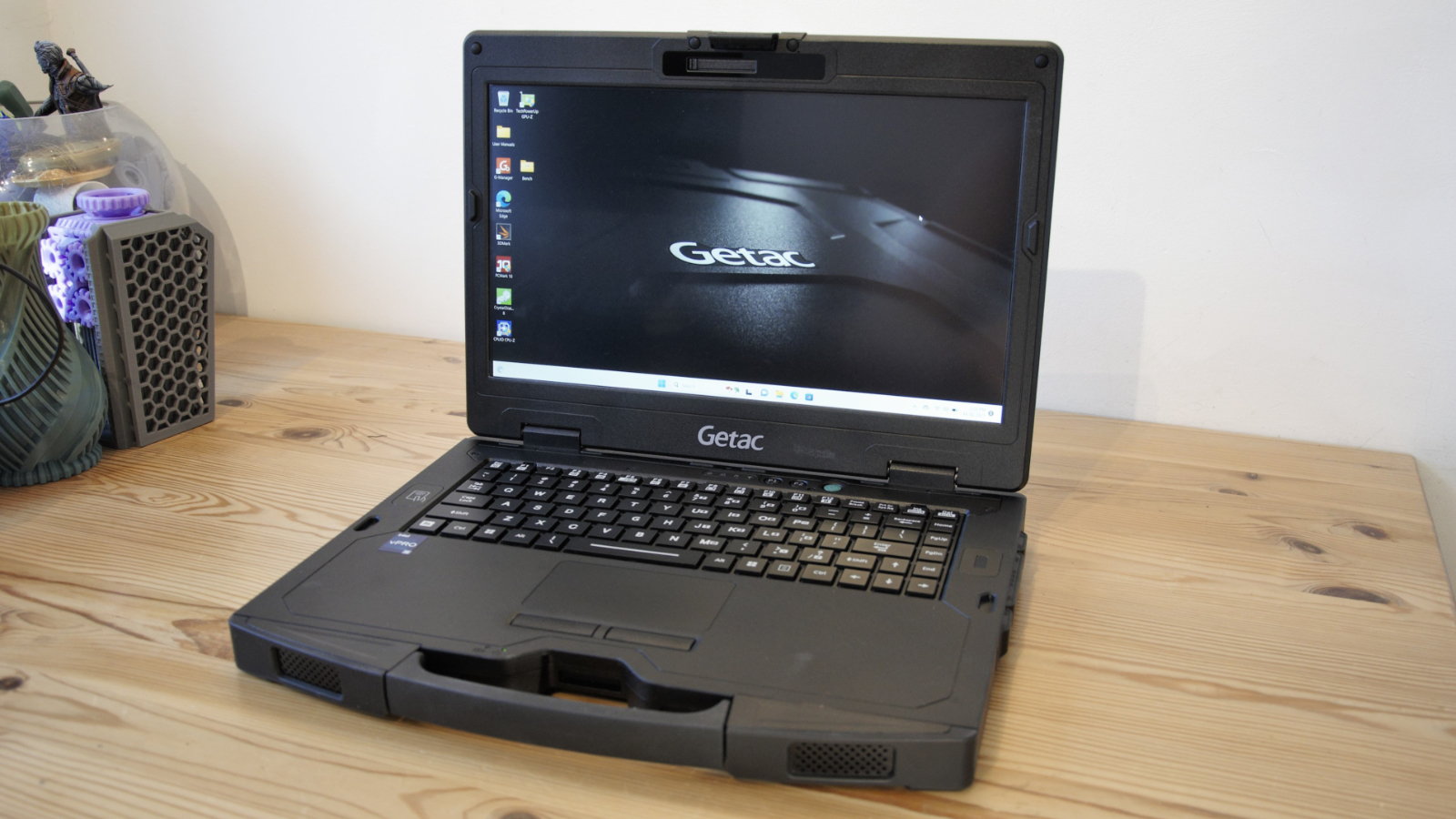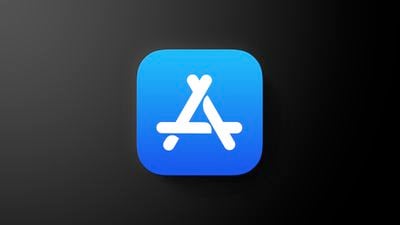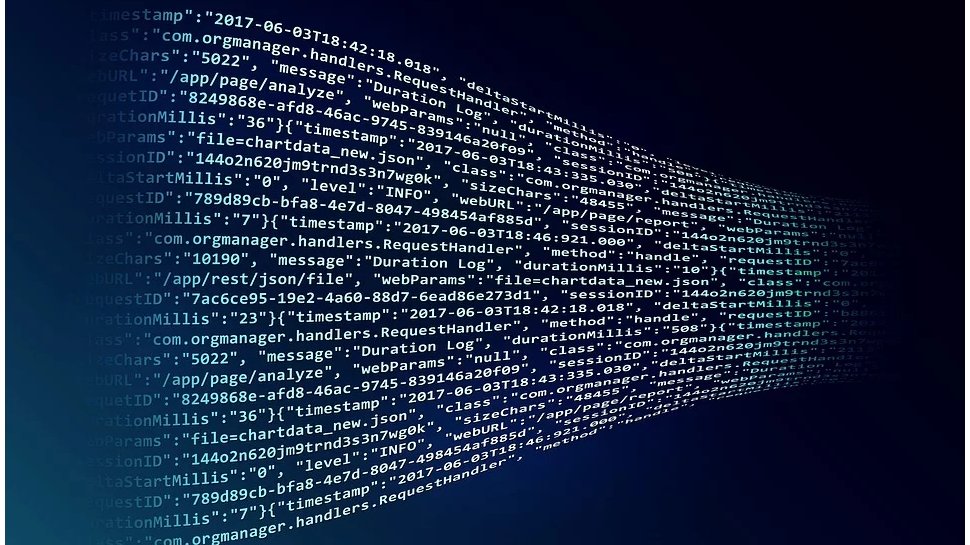[ad_1]
Apple chipmaker TSMC is making progress toward manufacturing 2nm and 1.4nm chips that are likely destined for future generations of Apple silicon, DigiTimes reports.
![]()
The manufacturing time frames for mass production of 2nm and 1.4nm chips have now apparently been determined: Trial production of the 2nm node will begin at in the second half of 2024, with small-scale production ramping up in the second quarter of 2025. Notably, TSMC’s new plant in Arizona will also join 2nm production efforts. In 2027, facilities in Taiwan will start to shift toward production of 1.4nm chips.
TSMC’s first 1.4nm node is officially called “A14” and will follow its “N2” 2nm chips. N2 is scheduled for mass production in late 2025, to be followed by an enhanced “N2P” node in late 2026.
Historically, Apple is among the first companies to adopt new, state-of-the-art chip fabrication technologies. For example, it was the first company to utilize TSMC’s 3nm node with the A17 Pro chip in the iPhone 15 Pro and iPhone 15 Pro Max, and Apple is likely to follow suit with the chipmaker’s upcoming nodes. Apple’s most advanced chip designs have historically appeared in the iPhone before making their way to the iPad and Mac lineups. With all of the latest information, here’s how the iPhone’s chip technology is expected to look going forward:
- iPhone XR and XS (2018): A12 Bionic (7nm, N7)
- iPhone 11 lineup (2019): A13 Bionic (7nm, N7P)
- iPhone 12 lineup (2020): A14 Bionic (5nm, N5)
- iPhone 13 Pro (2021): A15 Bionic (5nm, N5P)
- iPhone 14 Pro (2022): A16 Bionic (4nm, N4P)
- iPhone 15 Pro (2023): A17 Pro (3nm, N3B)
- iPhone 16 Pro (2024): “A18” (3nm, N3E)
- “iPhone 17 Pro” (2025): “A19” (2nm, N2)
- “iPhone 18 Pro” (2026): “A20” (2nm, N2P)
- “iPhone 19 Pro” (2027): “A21” (1.4nm, A14)
The M1 series of Apple silicon chips is based on the A14 Bionic and uses TSMC’s N5 node, while the M2 and M3 series use N5P and N3B, respectively. The Apple Watch’s S4 and S5 chips use N7, the S6, S7, and S8 chips use N7P, and the latest S9 chip uses N4P.
Each successive TSMC node surpasses its predecessor in terms of transistor density, performance, and efficiency. Late last year, it emerged that TSMC had already demonstrated prototype 2nm chips to Apple ahead of their expected introduction in 2025.
Popular Stories
When to Expect the Next iPad Mini and Low-End iPad Models to Launch
While rumors have been focused on new iPad Pro and iPad Air models, some Apple customers are wondering when the next iPad mini will be released. In his Power On newsletter today, Bloomberg’s Mark Gurman said new iPad mini and entry-level iPad models will be released in late 2024 at the earliest. “The company is also working on new versions of the low-end iPad and iPad mini, but those…
Best Buy Introduces Record Low Prices Across Every 10th Gen iPad
Following a few notable discounts on MacBooks yesterday, Best Buy today introduced a sale on the 10th generation iPad, including numerous all-time low prices on the tablet. Prices start at $349.00 for the 64GB Wi-Fi model, and include $100 markdowns on both Wi-Fi and cellular devices. Note: MacRumors is an affiliate partner with Best Buy. When you click a link and make a purchase, we may…
When to Expect a New Apple TV to Launch
It has been nearly a year and a half since the current Apple TV was released, so the device is becoming due for a hardware upgrade. Below, we recap rumors about the next Apple TV, including potential features and launch timing. The current model is the third-generation Apple TV 4K, announced in October 2022. Key new features compared to the previous model from 2021 include a faster A15…
Alleged iPhone 16 Battery Details Show Smaller Capacity for One Model
Apple’s upcoming iPhone 16 lineup will feature bigger battery capacities compared to previous-generation models with the exception of the iPhone 16 Plus, which will have a smaller battery than its predecessor. That’s according to the Chinese Weibo-based leaker OvO Baby Sauce OvO, a relatively new source of supply chain leaks with an as-yet unproven track record for accuracy. The iPhone 16 …
Gurman: New iPads Likely to Launch During Second Week of May
Apple will likely launch new iPad Pro and iPad Air models during the second week of May, according to Bloomberg’s Mark Gurman. “For those looking for more specific timing, I’m told the launch will probably happen the week of May 6,” said Gurman, in his Power On newsletter today. “Another data point to that end: Apple retail stores are preparing to receive new product marketing materials…
iPhone 16 Pro Expected Later This Year With These 12 New Features
While the iPhone 16 Pro and iPhone 16 Pro Max are still months away from launching, there are already over a dozen rumors about the devices. Below, we have recapped new features and changes expected for the devices so far. These are some of the key changes rumored for the iPhone 16 Pro models as of April 2024:Larger displays: The iPhone 16 Pro and iPhone 16 Pro Max will be equipped with large…
Microsoft Says Windows Laptops With Snapdragon X Elite Will Be Faster Than M3 MacBook Air
Microsoft will advertise that its upcoming Windows laptops with Qualcomm’s Snapdragon X Elite processor are faster than the MacBook Air with Apple’s latest M3 chip, according to internal documents obtained by The Verge. “Microsoft is so confident in these new Qualcomm chips that it’s planning a number of demos that will show how these processors will be faster than an M3 MacBook Air for CPU…
[ad_2]
Source Article Link



